When you’re looking for the best chef knife, you will usually find the options narrow down to two: Japanese knives and German knives. While they may look similar, there are some meaningful differences. We’re going to go over the features and benefits of Japanese knives and German knives, so you can make an informed decision before buying either one.
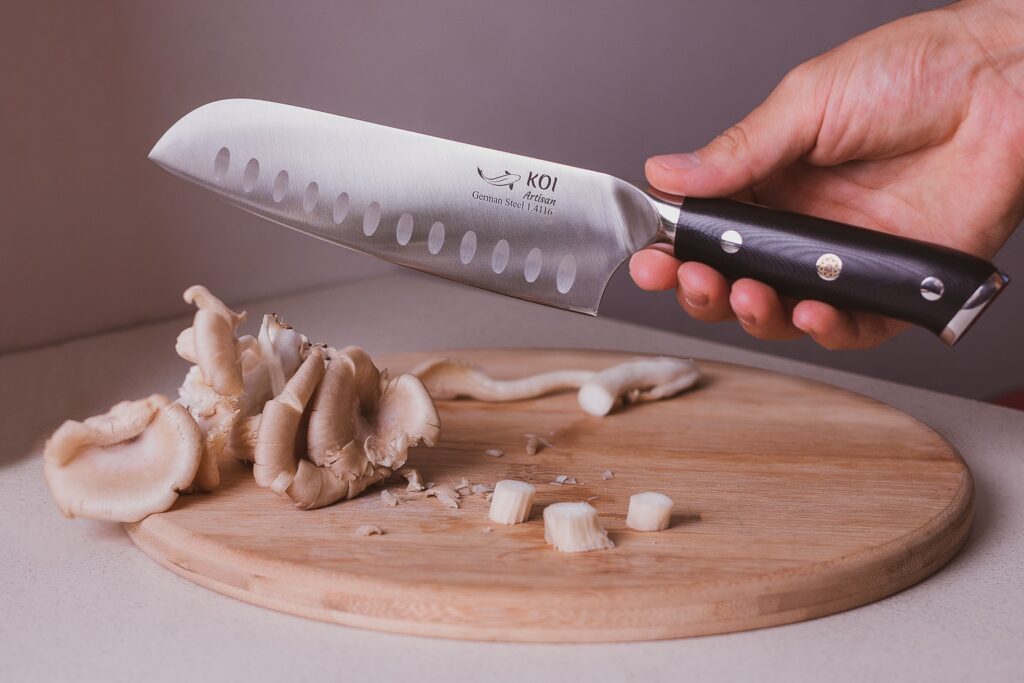
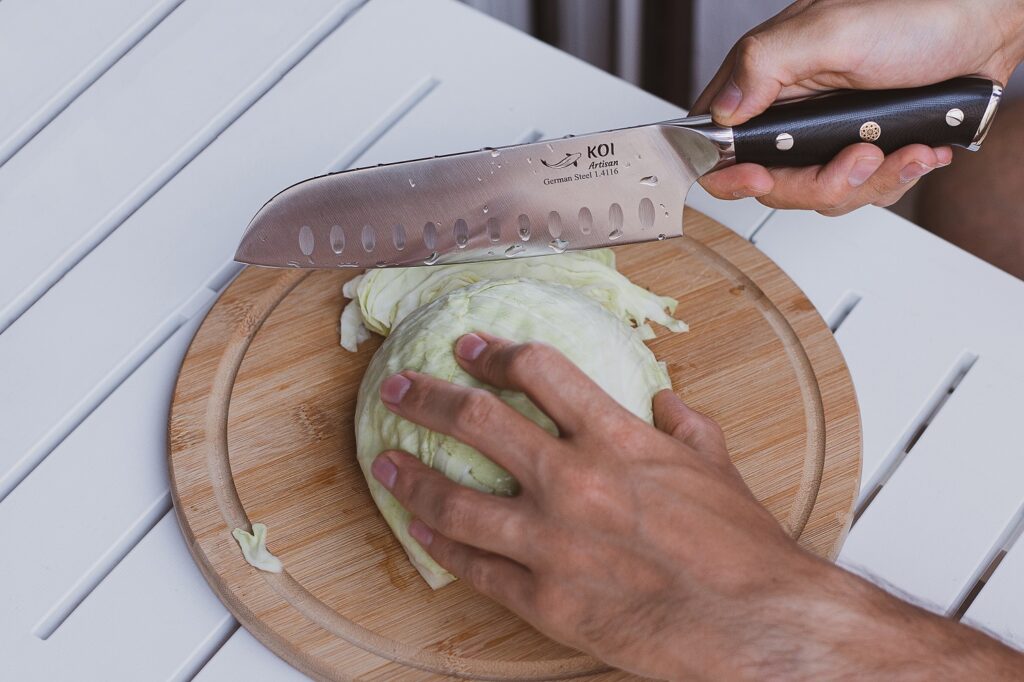
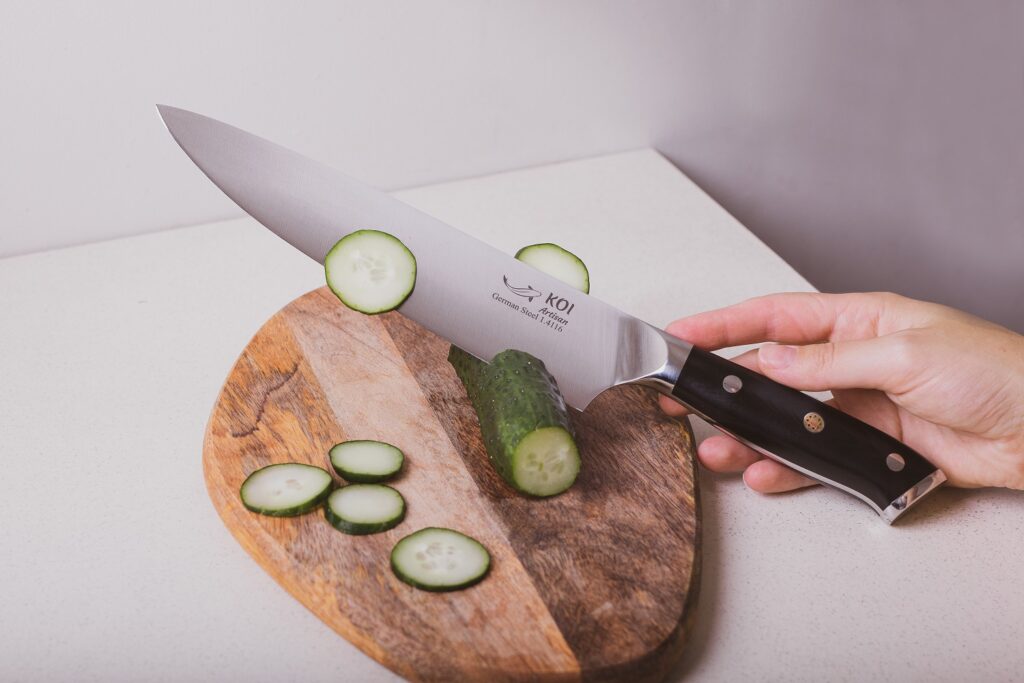
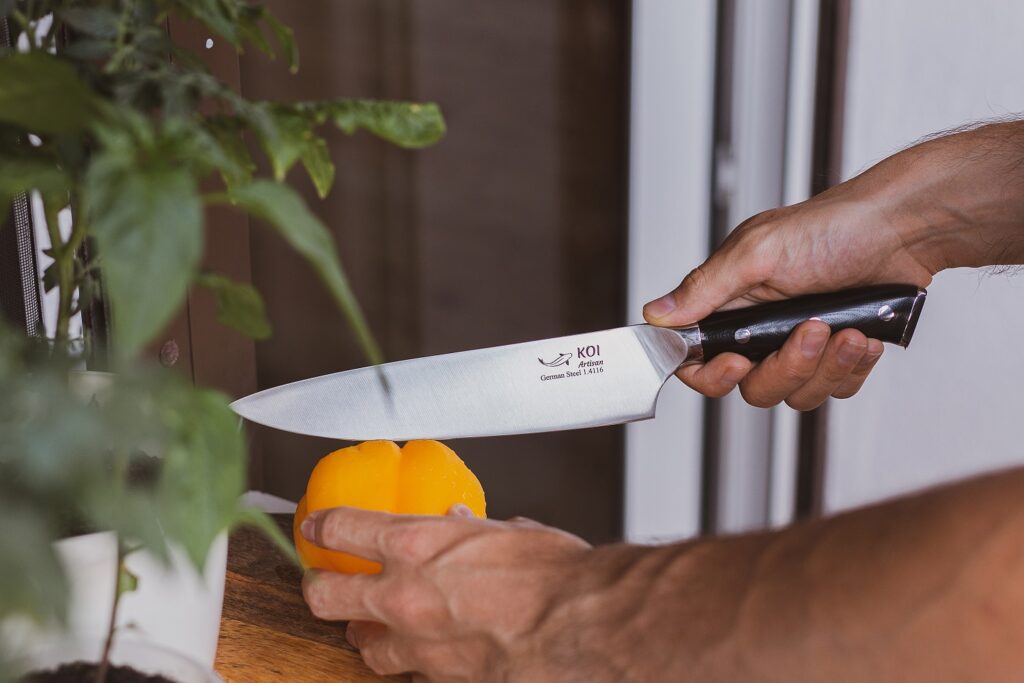
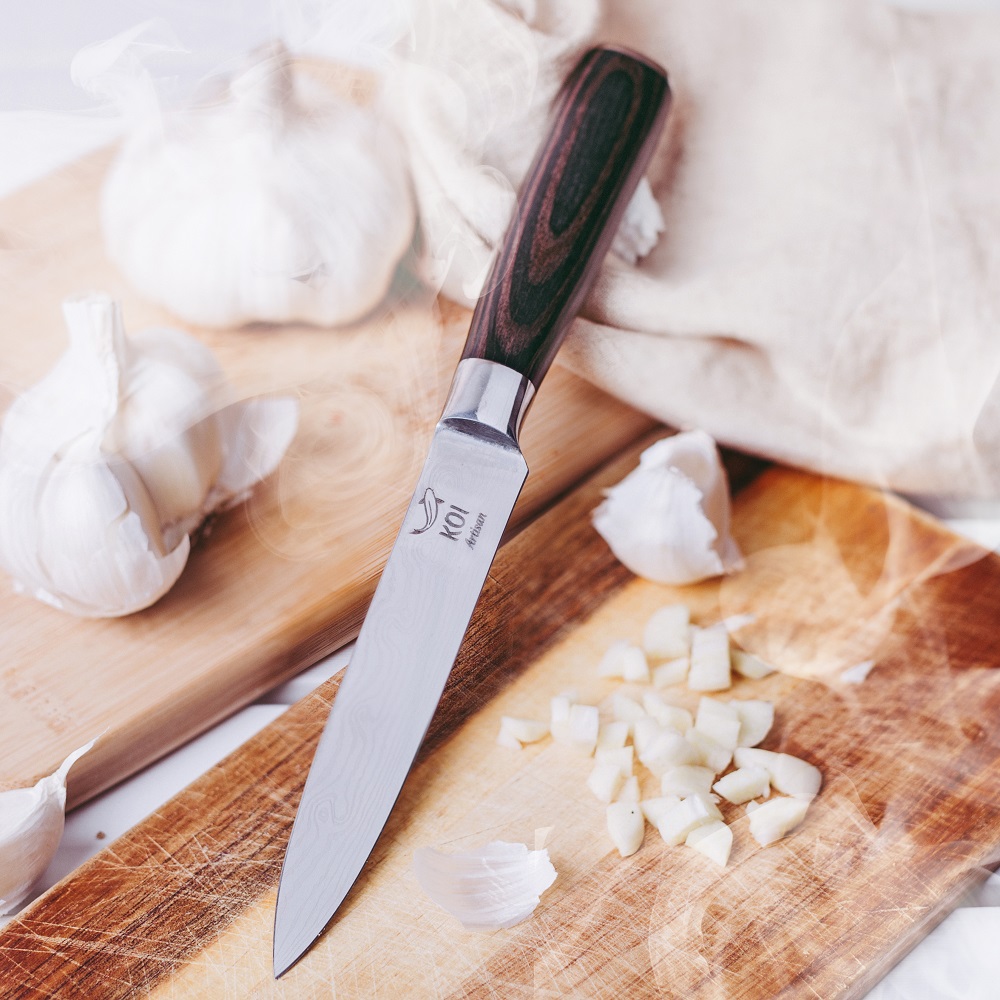
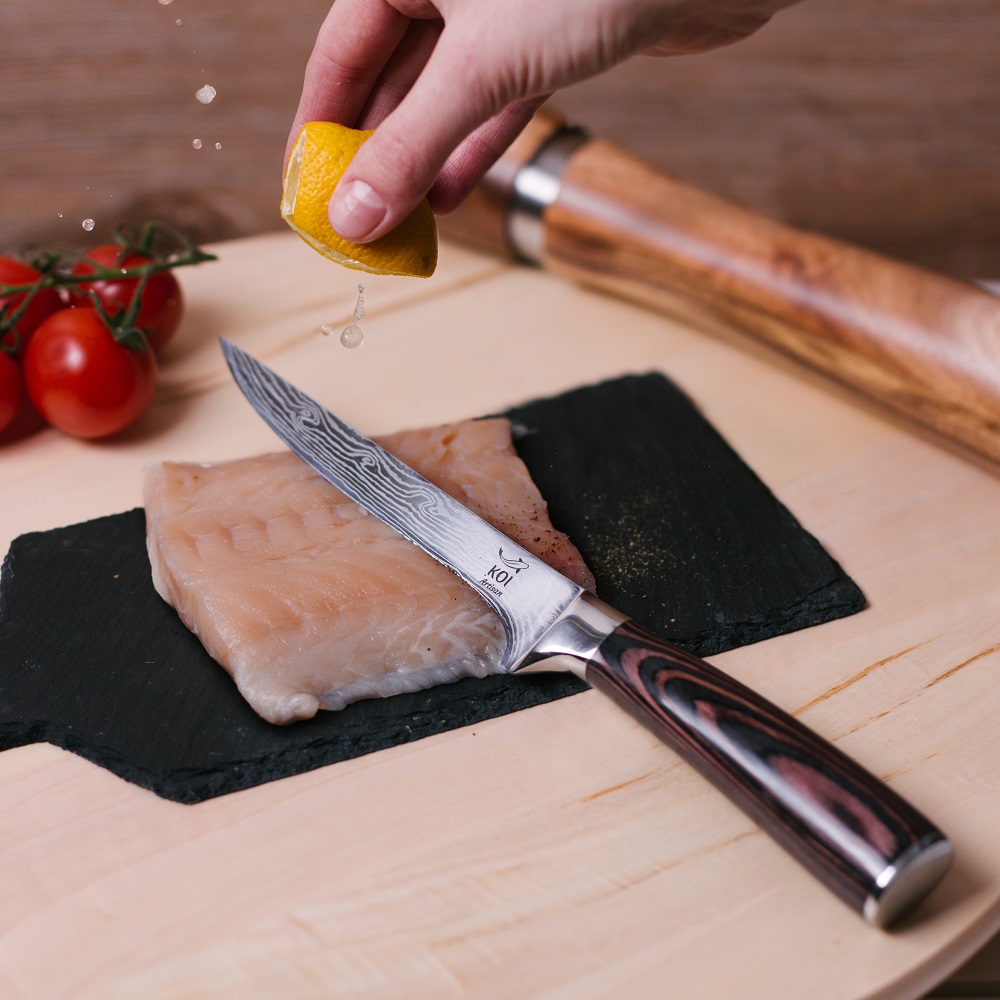
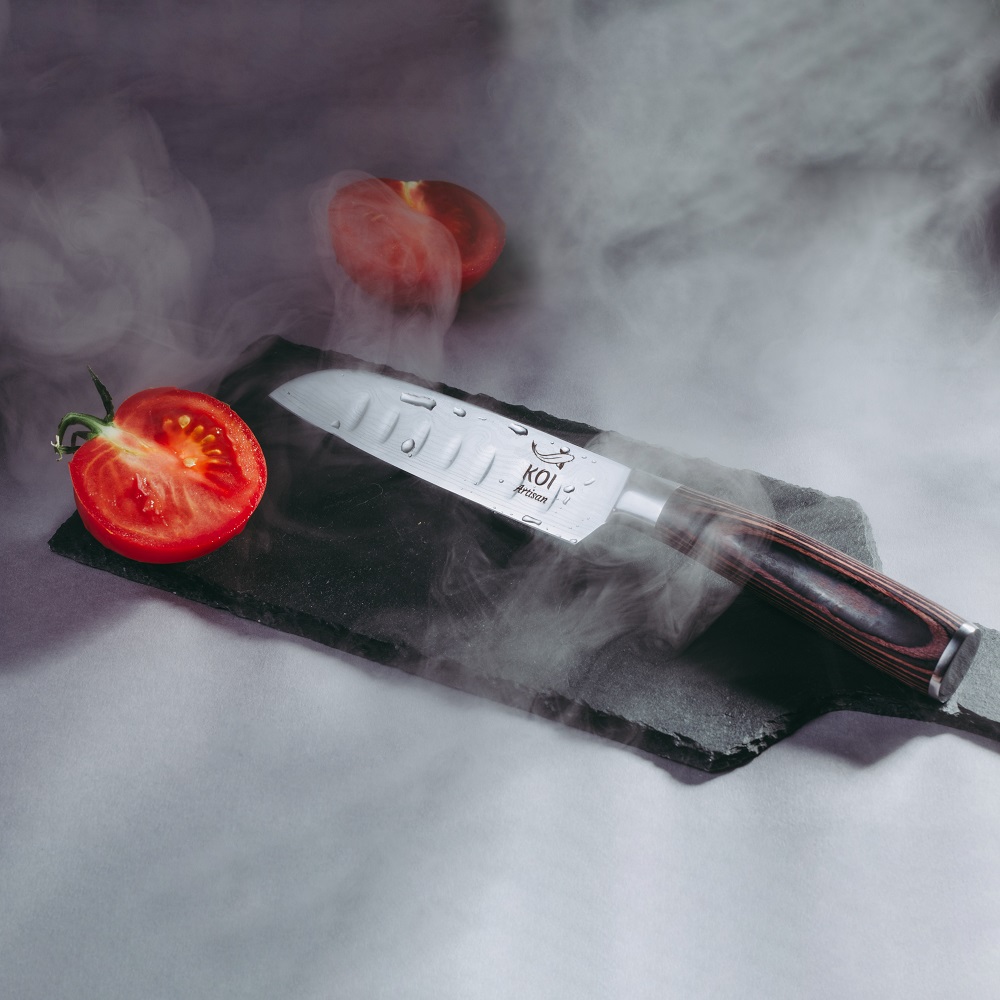
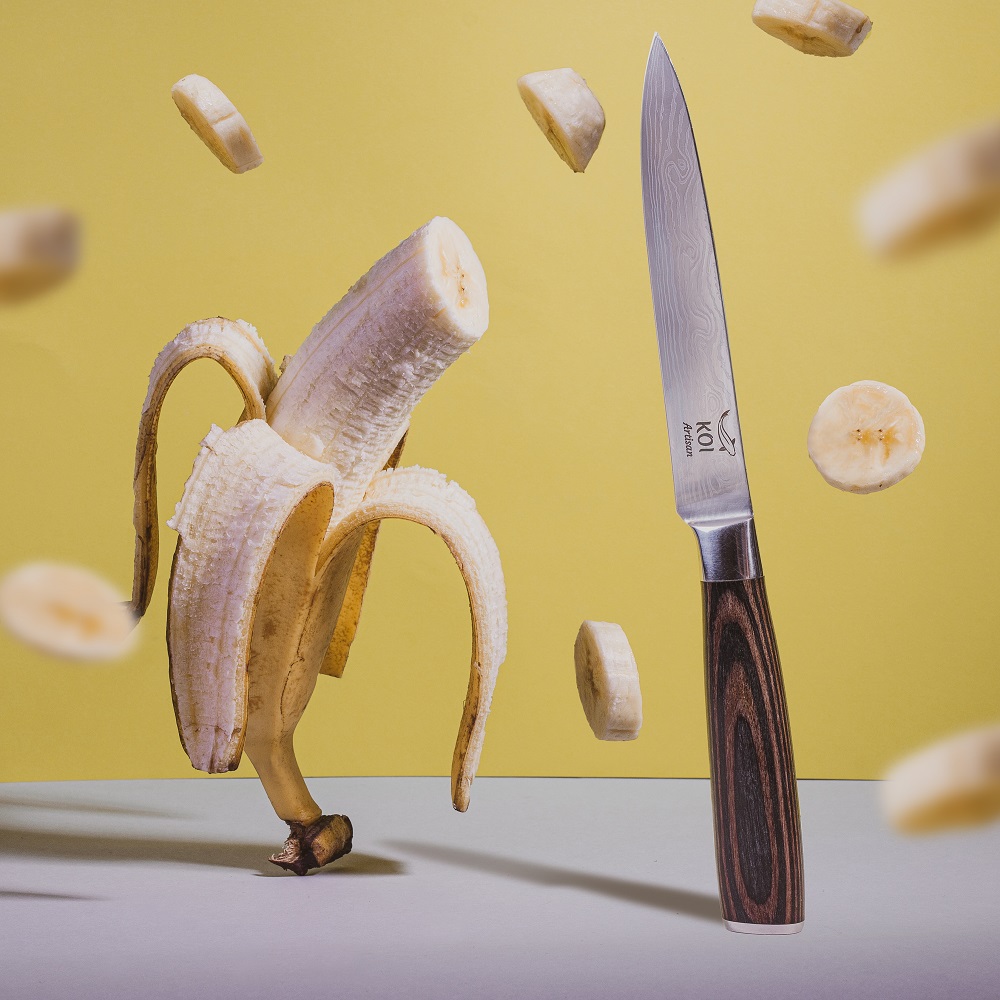
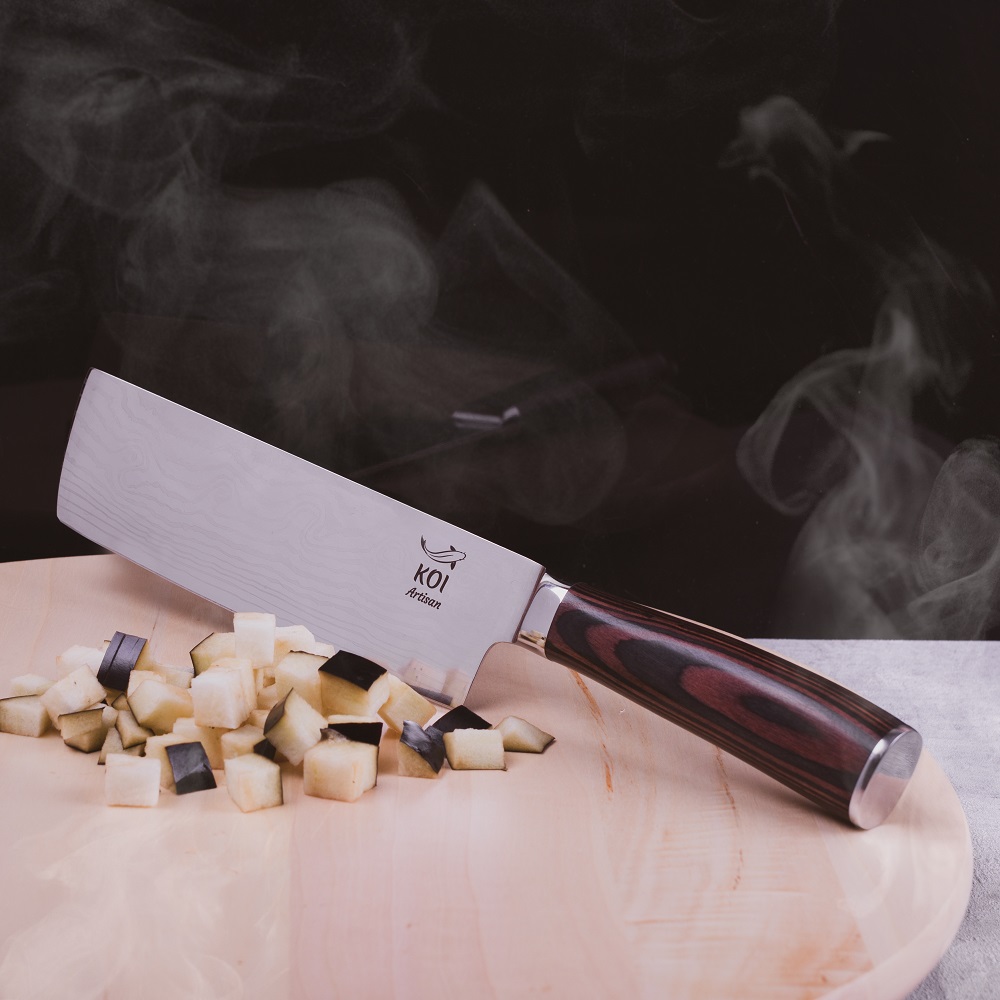
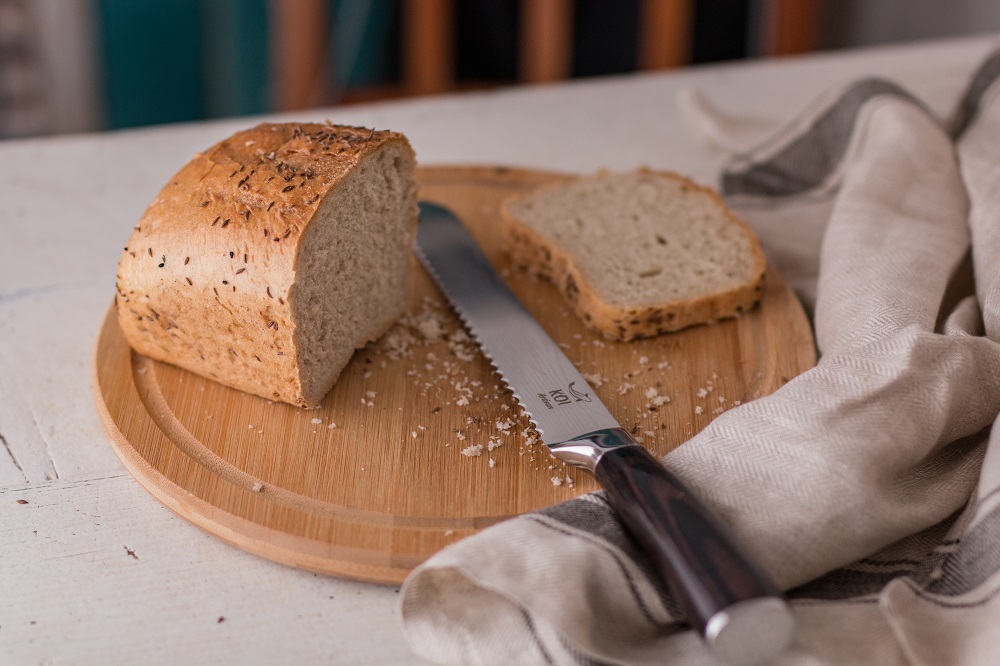
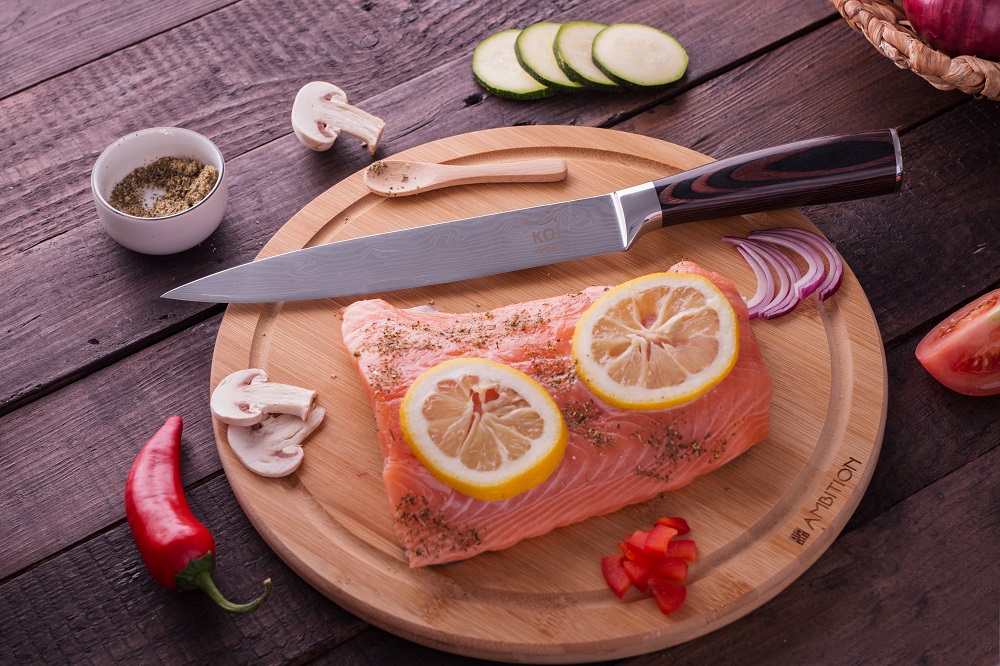
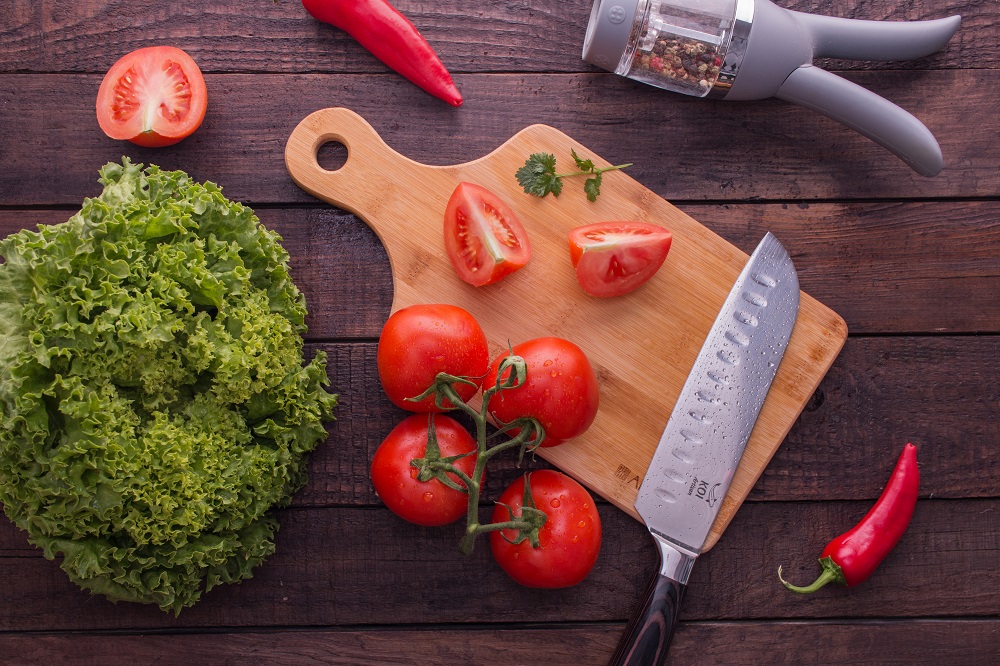
Japanese Kitchen Knives
When it comes to Japanese kitchen knives, most of them lack a bolster. Also, depending on the maker of the knives, there will be different kinds of tangs. One definite difference is in the blade itself. Japanese kitchen knives have more hardened steel blades than their German counterparts. This is due to Japan’s rich history of Samurai culture spanning centuries. They have mastered the art of a strong steel blade. The Rockwell rating of a Japanese kitchen knife blade ranges between 56-62.
While it may first seem that being made with different tangs leads to confusion over the quality of the blade, every Japanese tang is made using stronger and harder steel than those found in German knives. You’re going to get an angle between 9-15 degrees on each side of the blade.
German Kitchen Knives
German kitchen knives will always come with a full-tang, as well as a bolster. If you’re unfamiliar with what a full-tang blade is, it’s when the blade goes through the entire knife, including the handle. The part of the blade toward the end of the handle will be the thickest part of it. This provides additional strength, which is especially beneficial when chopping harder vegetables.
German Chef’s knives rate between 56-58 on the Rockwell hardness scale, indicating they are slightly softer than Japanese chef’s knives. However, harder doesn’t necessarily mean better. That’s because the harder a blade, the more careful you need to be with it when using it. Harder blades have a higher likelihood of chipping or shattering if they were to get dropped or misused. Also, the angles on these knives are more dramatic, sitting between 15-29 degrees on each side. On rare occasions, you will see a best German kitchen knife with a 14-degree angle on each side.
Japanese Knives vs. German Knives – Which One Is Better?
Both kitchen knife styles have their advantages. Selecting the best chef knife for you will largely be up to your needs.
When you need to be more delicate with your chef skills, such as when you are slicing tomatoes or sashimi, Japanese knives brands are the preferred choice. Japanese kitchen knives are perfect for when you need razor-thin slices, due to the incredibly fine and sharp edges they have. These need to be sharpened more frequently but are easier to sharpen than German blades.
When you need to cut and slice something that is much tougher, such as a pumpkin, watermelon, or something else with a hard exterior, a German kitchen is the best option. This is due to the blades on German knives being stronger and thicker. There will be less sharpening necessary since they hold their edges for longer.
If you are looking for the best German kitchen knife brands, the KOI Artisan German chef knives are an excellent choice. Featuring full-tang blades, these knives are razor-sharp, ergonomic, and handmade with German precision. For a great Japanese kitchen knife, we recommend the KOI Artisan Santoku knife. It’s made using carbon steel that is resistant to stains and corrosion. If you have been looking for the best chef knife, you now know that both Japanese and famous German knives have their strengths. If you’re serious about your culinary skills, you will benefit from having both in your arsenal.
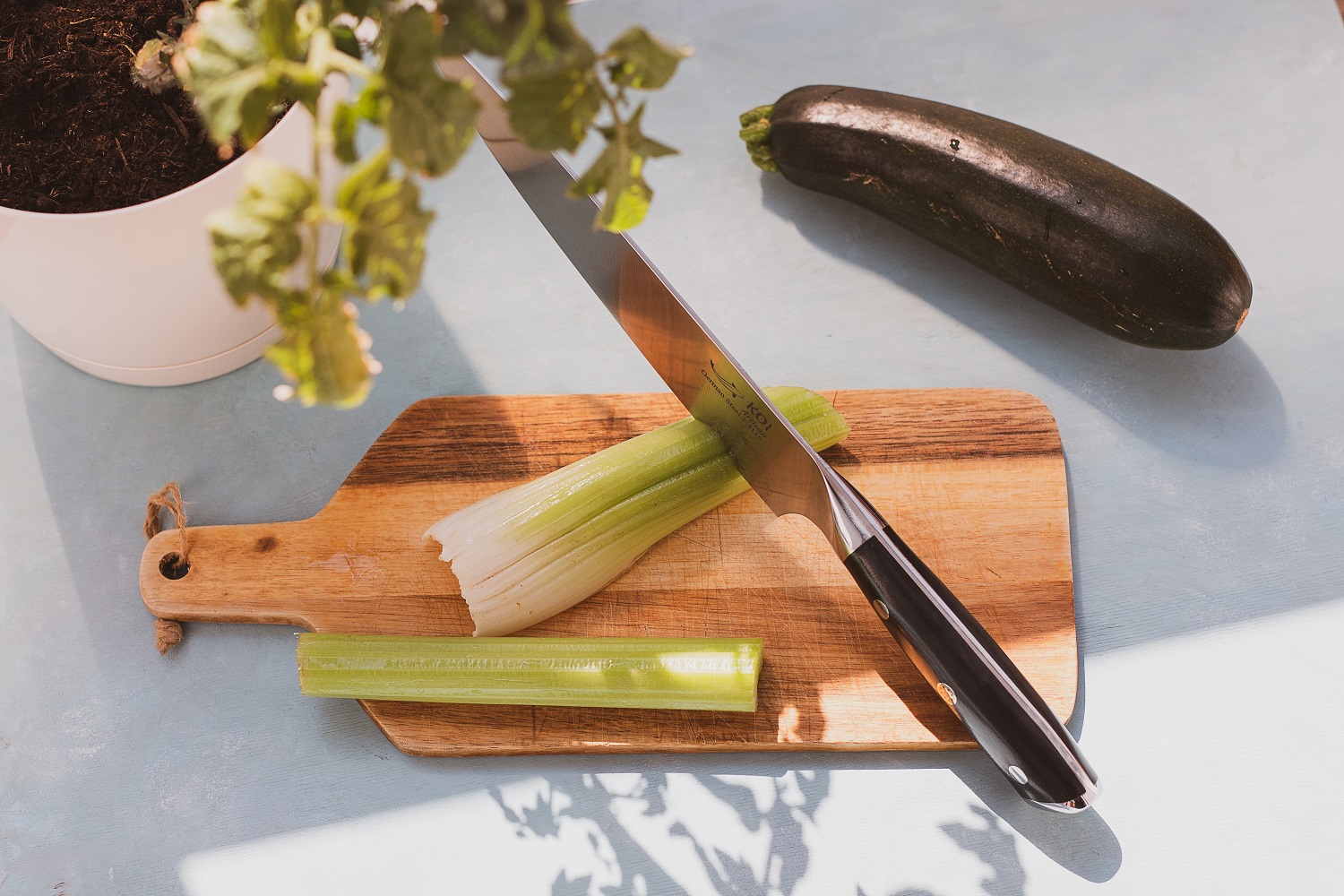
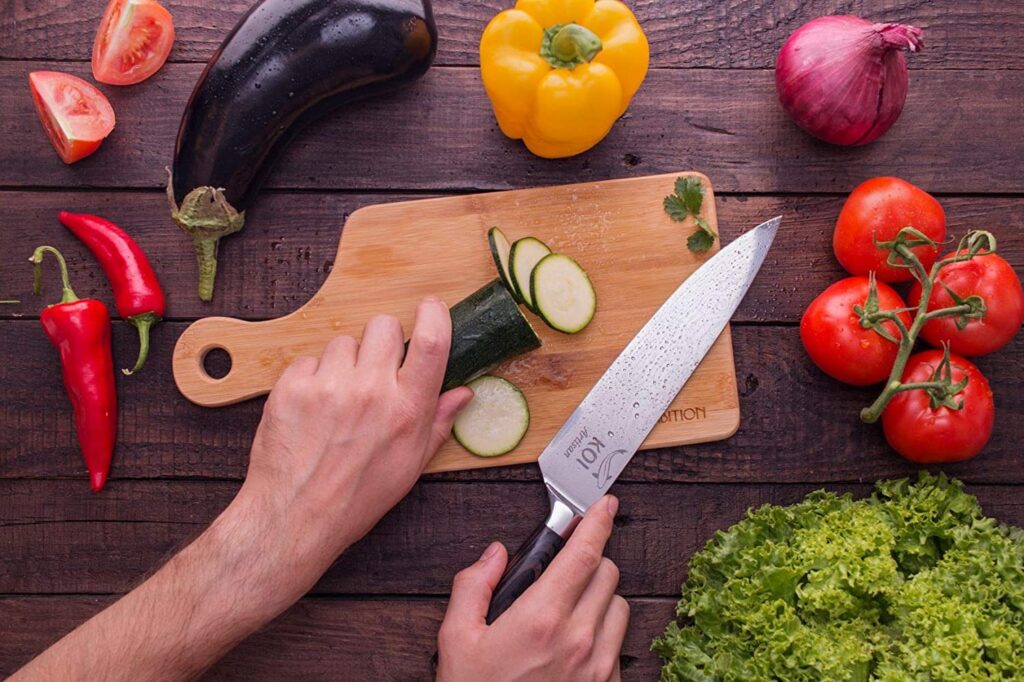
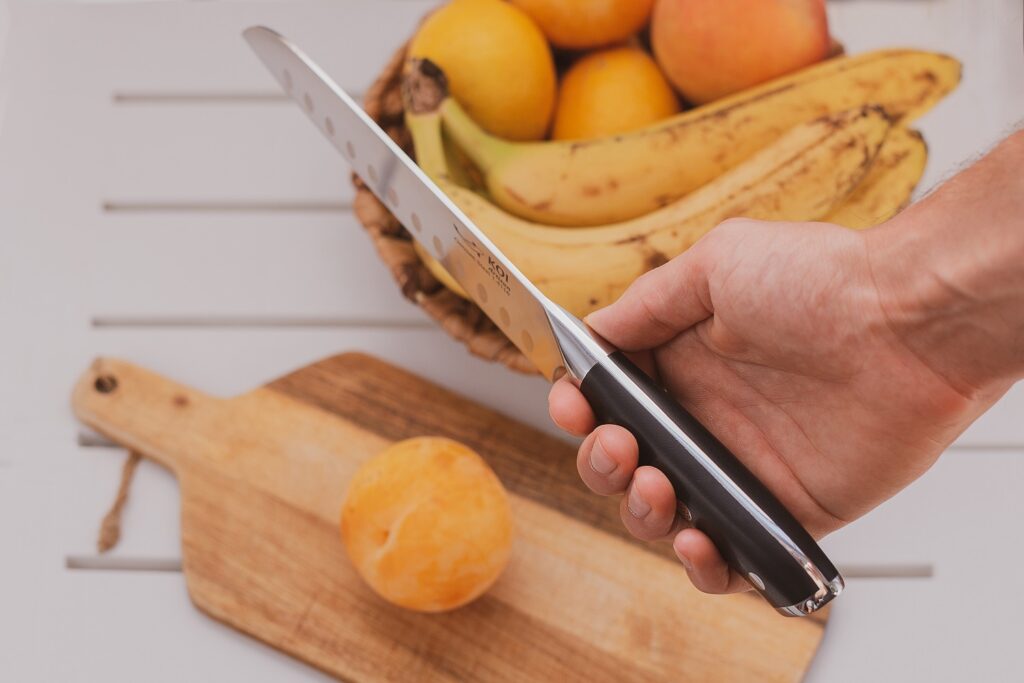

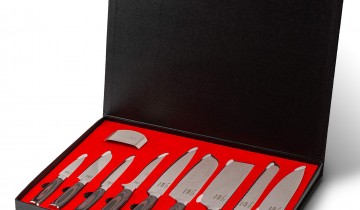

 No products in the cart.
No products in the cart.